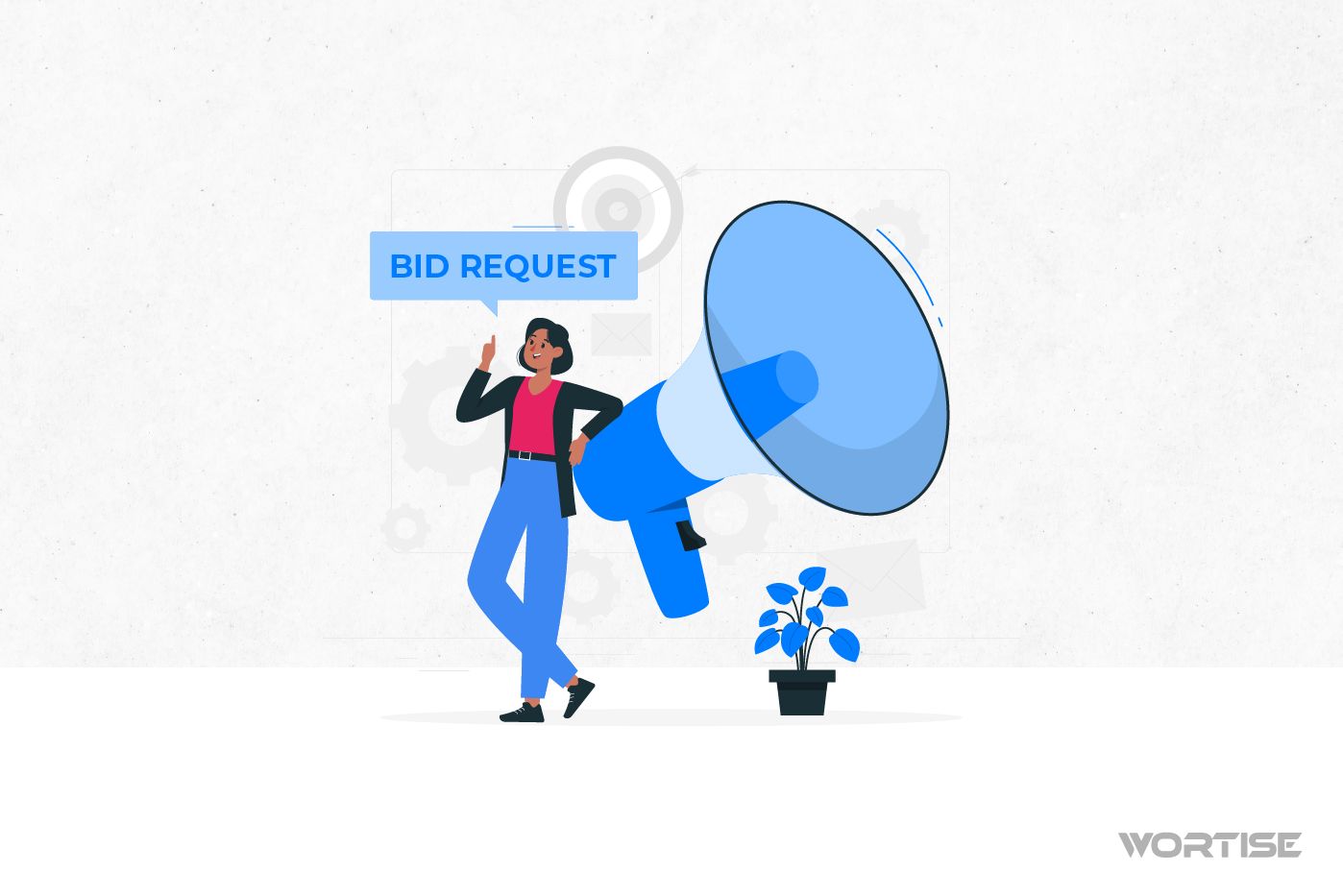In every story, there are villains. It happens in TNT, in real life, and in programmatic advertising, where Ad Fraud works desperately to generate deceptive practices in advertising campaigns and affect their performance. But don’t worry, remember that every villain always ends up being defeated by a superhero.
Ad Fraud is like that email you always receive in your spam folder: even if you don’t request it, it always shows up. It’s the unwanted guest of any publisher. In this article, we want to show you what Ad Fraud is and how you can prevent it with some tips that never fail.
Ready to protect your revenue? Let’s go!
What is Ad Fraud?
Ad Fraud is fraudulent activity that occurs in the online advertising world. It involves trying to manipulate the results of advertising campaigns to gain illegal economic benefits, thus affecting the performance of publishers and advertisers.
When we talk about fraud, we refer to the use of non-human traffic or bots that are activated to make advertisers pay for interactions that are not legitimate. Those who promote Ad Fraud aim to artificially inflate click numbers to make it seem like the campaign was successful.
To illustrate, it’s like those Instagram accounts that get thousands of likes on a photo, but when you check them one by one, you realize they are new, private accounts without a profile picture. A total fail.
This malicious tactic of Ad Fraud aims to make advertisers spend their budget without truly reaching a legitimate audience, besides leading them to make bad decisions regarding advertising investment.
As for publishers, it’s important to note that their reputation can be damaged if they are found to be involved in fraudulent practices.
What does Ad Fraud teach us? That the performance of a campaign should not only be measured by visibility but also by looking at key performance indicators (KPIs) to avoid falling into the clutches of fraud. But we still have lines to unravel its entire operation, so stay calm.
Most Common Types of Ad Fraud: Beware of These Deceptive Practices
Whatever its modus operandi, the fact is that Ad Fraud is present in any branch of programmatic advertising. In fact, a study by Interceptd revealed that 31% of iOS apps and 25% of Android apps are fraudulent.
Is fraud present only in advertising campaigns? No. Everything has a root, and in mobile advertising, this theory is even more exacerbated. It is said that 1 in every 13 mobile applications is fraudulent, according to Traffic Guard-Juniper data, which leads us to be vigilant even about the apps we download on our phones.
But how does ad fraud operate? We want to show you the types of Ad Fraud that exist so you can stay alert and combat them in time.
1. Click Fraud
This is the most popular of all and involves generating fake clicks on ads. These clicks can be done manually—yes, there are people whose job is to click on online ads—or through automated programs known as bots.
Click Fraud depletes the advertiser’s budget and makes them believe their campaign is getting good clicks. But that’s not all; it’s also worth mentioning that this practice is employed to harm competitors.
2. Impression Fraud
Similar to Click Fraud, but instead, it involves faking impressions, making it appear that ads are being shown to a larger audience than they actually are. There are bot programs that simulate ad views as if real users were behind the screen.
There are even bot farms dedicated to generating fake impressions.
3. Ad Stacking
Another fraudulent method is Ad Stacking, a tactic that involves layering ads on top of each other so that only one is visible while the others are hidden.
This ad stacking inflates the number of ad impressions that are not actually seen, resulting in unfair billing.
4. Conversion Fraud
It’s not just clicks and interactions; the deceptive tentacles of Ad Fraud also affect campaign conversions. How is it done? By performing fake actions that count as conversions, such as filling out forms or completing “purchases.”
5. Domain Spoofing
We see this almost daily on Google when we visit a page or simply type something into the search engine. It’s a method to fake a website’s domain name to make it appear that the ad is coming from a recognized website.
The advertiser is deceived into thinking their ad will be shown on a reputable website, but it turns out to be a cheap copy with no traffic.
Negative Effects of Ad Fraud: What You Should Know
Ad Fraud has harmful effects on publishers and advertisers. We wish we could say these are collateral effects, but they are not: they are direct effects and affect the performance of everyone involved in programmatic advertising. Here are a few:
- Trust Affected: Ad Fraud destroys advertisers’ trust in publishers and mediation platforms. When they discover the trick, they become more cautious about where they invest their advertising budget and with whom they do it. This is very harmful, as credibility is the first guarantee of success in the advertising industry.
- Investment Loss: Making advertisers pay for fake impressions or clicks is essentially throwing their money into the sea. Promoting non-existent audiences is a terrible deception that results in loss of money and effort.
- Metrics Downfall: Using fake clicks or interactions only causes a marked distortion in the performance metrics of advertising campaigns. Every fake impression artificially inflates the results and makes it difficult to accurately evaluate a campaign’s success. What direct effect does this have? The advertiser will make decisions based on incorrect data, leading to unfavorable final results.
- Lower Reach: Showing ads to fake audiences severely impacts the effectiveness of the advertising. Advertisers fail to reach the real target audience, and real conversions plummet. Although it may seem exaggerated, this affects the perception of online advertising as an effective promotional channel.
- Reputation Knockout: Publishers involved in such practices automatically damage their credibility. The reason is simple: advertisers will avoid partnering with them in the future because they know their metrics are unreal and their space is tainted.
- Contaminated Data: Ad Fraud causes advertisers to receive data from people who are not real. This delays any future plan or campaign, as it’s difficult to distinguish and review this mix of fake and real data one by one.
How to Prevent Ad Fraud: Note These Tips to Avoid Falling into Its Web
To prevent Ad Fraud, all it takes is willingness and a bit of knowledge about the measures needed to prevent its spread.
Where there is money, there is fraud, and where there is fraud, there must be mechanisms to prevent theft and deception. In the case of mobile advertising, here are some tips to mitigate Ad Fraud:
Choose Reliable Platforms
The mediation platform you choose to monetize plays a key role in combating Ad Fraud. Some have cutting-edge technology to detect and block fraudulent practices automatically.
Therefore, conduct thorough research on their reputation, history, and security practices to choose the best one. Ensure it has technology not only to detect bots but also anti-spam measures to block irrelevant or inappropriate ads that could harm your inventory’s reputation.
Use Detection Tools
Just as there are agencies like the FBI or DEA to catch lawbreakers, there are also solutions to detect and prevent fraud in the digital world. There are AI-based tools that help identify suspicious patterns or bots generating invalid interactions.
Incorporating this into your monetization skills arsenal will be a plus to ensure maximum return on your budget.
Check Metrics Thoroughly
It’s not just about looking at metrics for the sake of looking; the key is to conduct a thorough evaluation and constant monitoring of the data. Only then can you detect anomalies or suspicious patterns.
If you notice something suspicious, you can identify signs of fraud and take timely measures to combat it.
Verify Inventory Quality
Would you go to a store and buy shoes without trying them on to see if they fit and match your style? Obviously not. The same goes for your role as an advertiser: you must verify the quality of the ad inventory where your creatives will be shown before paying.
Check the content published frequently, the audience it usually reaches, and its reputation in its niche. Of course, avoid partnering with low-quality websites or apps, as they increase the risk of ad fraud.
Set Rules
The good thing about advertising platforms is that you can set clear rules before reaching any agreement. Therefore, configure settings to filter out invalid traffic and establish basic criteria to ensure real traffic, such as user behavior, ad format alternation, audience quality, and more.
These filters help timely intercept certain fraudulent activities.
Communicate Regularly with Your Partners
If you bid on a space through an open auction, you need to check the statistics and ensure you are getting the expected result. But if you opt for direct deals with the counterpart, you can establish open communication and share concerns about Ad Fraud and related aspects of transparency and security.
This ongoing collaboration with partners helps identify fraudulent issues and maintain a lasting win-win relationship, as both publisher and advertiser will work to achieve highly segmented real traffic.
Stay Alert to Updates
Just as technology advances as fast as a Formula 1 car, so does Ad Fraud and its accomplices. There are bot labs and people working day and night to create new forms of fraud.
For this reason, stay informed about the latest trends in fraud prevention and the emerging technologies to create increasingly secure spaces. You can participate in webinars, discussion forums, and training courses that help you identify and eradicate ad fraud.
Worried About Ad Fraud? Monetize Safely with Wortise!
Hello, publisher! Although Ad Fraud wants to play tricks in the in-app monetization industry, with Wortise, their plans don’t succeed. We are an ad mediation platform that works with technology capable of identifying fraud or suspicious movements to ensure the proper performance of campaigns.
We blacklist ads that harm the user experience and show offensive or non-permitted content. Our focus is clear: we bring you premium advertisers so that every impression within your inventory has maximum value.
Joining Wortise means connecting with over 100 Ad Networks and achieving up to double the eCPM that other platforms in the market offer. Oh, and of course, we have personalized support to meet all your needs.




